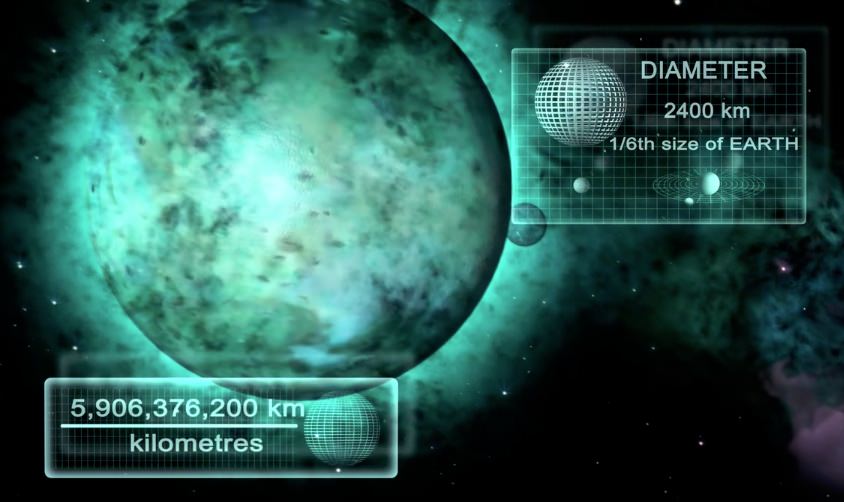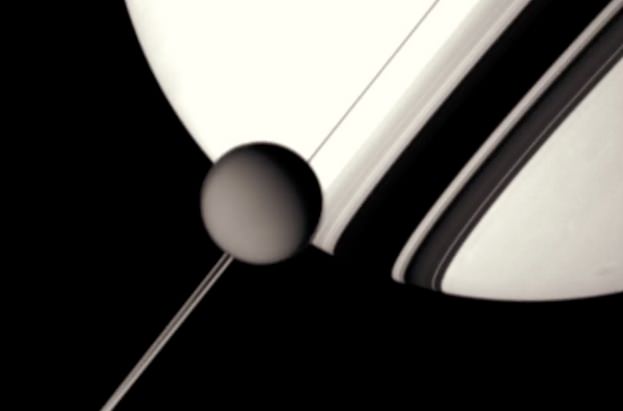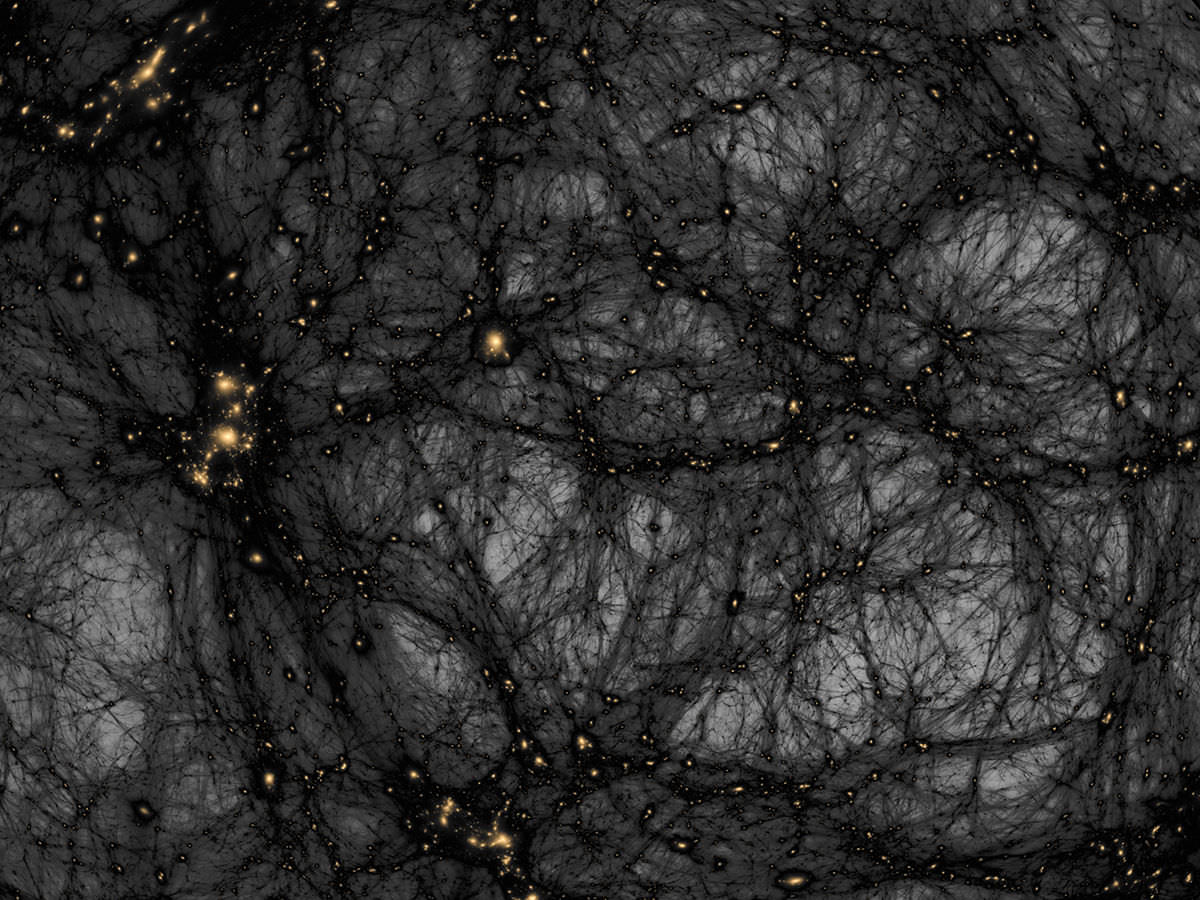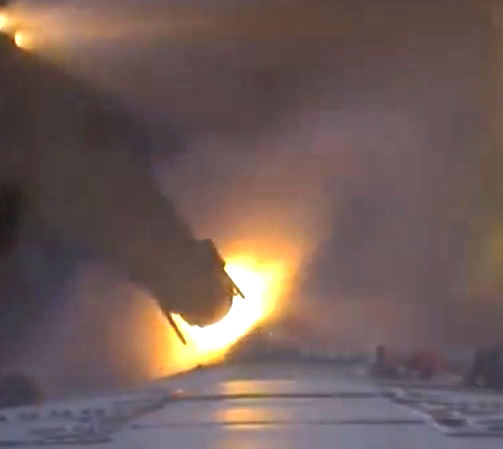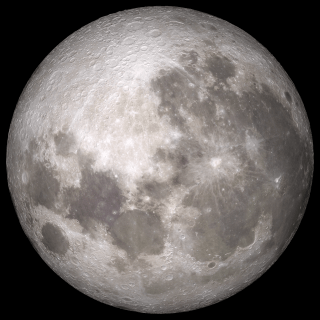Of course you do! (Who doesn’t?) And so here’s a wonderful tour of our Solar System to provide you with just the type of space you need.
A 3D animation project by Australian video artist Shane Gehlert, I Need Some Space takes us from low-Earth orbit to the Moon and Sun and then through the lineup of planets in the Solar System, using images and models from NASA to accurately depict their unique appearances. Along the way we’ll get some basic info on the planets, select moons, and a few of the various spacecraft that have visited (or are visiting) each world. Set to an intriguing string score by The Zephyr Quartet (of which Shane’s sister Belinda is a member) I Need Some Space is a mesmerizing 6-minute voyage for any space fan — myself very included.
I particularly like the “ghostly” look of Pluto, reminding us that we still have another year and a half before New Horizons reveals its true appearance to us.
Enjoy! (As with most videos, full-screening and HD-ing are strongly suggested.)
Video © Shane Gehlert/BlueDog Films. HT to FastCoCreate.

